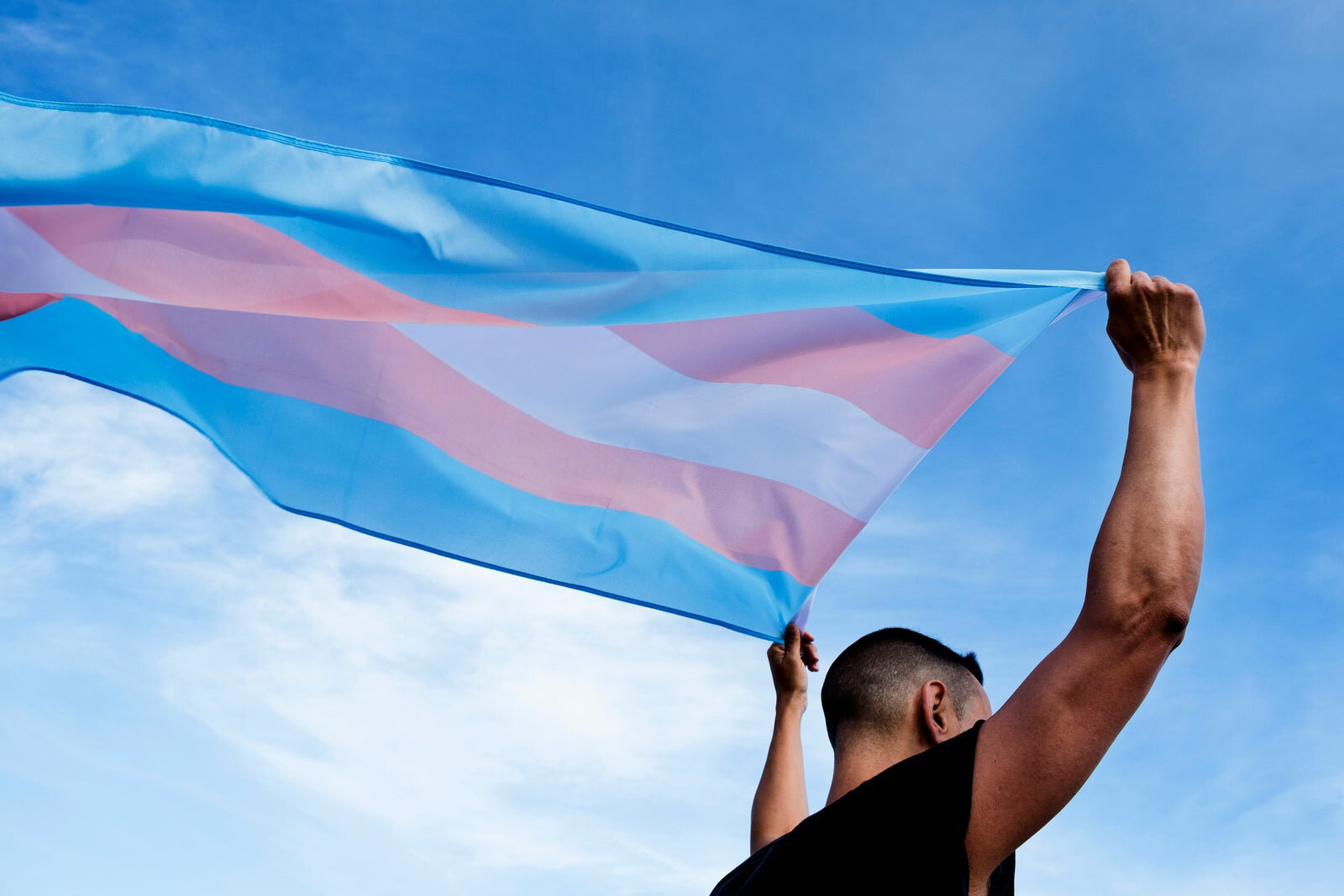TRANSGENDER AWARENESS WEEK
/November 13, 2019, marked the first day of Transgender Awareness Week. Traditionally occurring from November 13 to 19, it leads up to the Transgender Day of Remembrance on November 20. The Transgender Day of Remembrance was sparked by the death of Rita Hester, a transgender woman and advocate for the African American LGBTQ+ community. She was murdered in November of 1998 in Boston, and the case remains unsolved, but the nationally celebrated “day of remembrance” keeps her spirit alive by honoring “all those whose lives were lost to anti-transgender violence.”
National law enforcement sources estimate at least 22 transgender or gender non-conforming people have been violently killed in 2019, likely due to an anti-LGBTQ bias. A staggering 21 out of the 22 victims are identified as Black transgender women, underscoring the vulnerability of transgender women of color.
To mark Trans Awareness Week, here are some important reminders to know about how to support the transgender community today, tomorrow, and always.
1. When you meet one transgender person… you’ve only met one transgender person.
There is not just one sweeping transgender experience. The term “transgender” describes a collective community of individuals whose gender identities, expressions and/or lived experiences differs from what is typically associated with the sex they were assigned at birth. Trans people have different stories and narratives that make them who they are.
2. Everyone has different personal boundaries.
Refrain from asking transgender people personal questions about their bodies, surgeries and other aspects about their transition process unless you have their consent to do so. And, just because a trans person might have talked with you about one personal topic doesn’t mean they want to discuss everything. And, remember: Different people have different boundaries.
3. Non-binary people can identify as transgender or cisgender -- or neither -- and that’s OK.
Non-binary describes individuals who do not identify exclusively as men or women, or who do not identify as either at all. A non-binary person may also use the terms genderqueer, gender fluid, gender non-conforming or others to describe their gender identity. It’s essential to always respect the terms that someone uses to describe themself.
4. There is no “right” way to be trans.
Trans people are everywhere and as diverse as the fabric of our nation. They live and work in every town, study at school, shop for the best deals at the mall -- or hunt for the best avocados in the produce aisle at your grocery store. You can’t tell if someone is trans just by looking at them, and there is no one, universal way that all trans people live their truths. Not all trans people want surgery or hormones, and no one is more or less trans because of it. Trans people have always been here and #WontBeErased.



